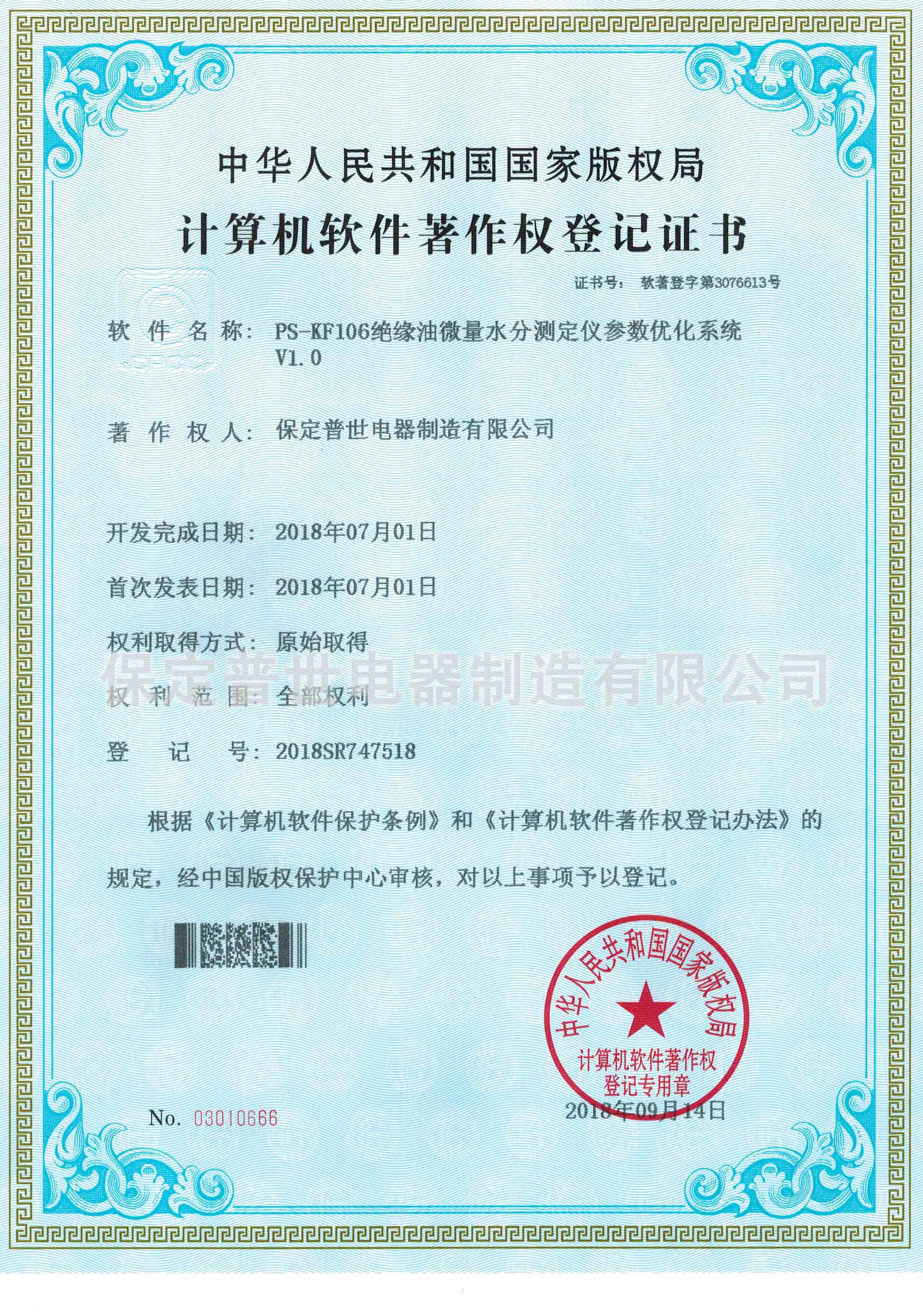 English
English



-
 Afrikaans
Afrikaans -
 Albanian
Albanian -
 Amharic
Amharic -
 Arabic
Arabic -
 Armenian
Armenian -
 Azerbaijani
Azerbaijani -
 Basque
Basque -
 Belarusian
Belarusian -
 Bengali
Bengali -
 Bosnian
Bosnian -
 Bulgarian
Bulgarian -
 Catalan
Catalan -
 Cebuano
Cebuano -
 China
China -
 China (Taiwan)
China (Taiwan) -
 Corsican
Corsican -
 Croatian
Croatian -
 Czech
Czech -
 Danish
Danish -
 Dutch
Dutch -
 English
English -
 Esperanto
Esperanto -
 Estonian
Estonian -
 Finnish
Finnish -
 French
French -
 Frisian
Frisian -
 Galician
Galician -
 Georgian
Georgian -
 German
German -
 Greek
Greek -
 Gujarati
Gujarati -
 Haitian Creole
Haitian Creole -
 hausa
hausa -
 hawaiian
hawaiian -
 Hebrew
Hebrew -
 Hindi
Hindi -
 Miao
Miao -
 Hungarian
Hungarian -
 Icelandic
Icelandic -
 igbo
igbo -
 Indonesian
Indonesian -
 irish
irish -
 Italian
Italian -
 Japanese
Japanese -
 Javanese
Javanese -
 Kannada
Kannada -
 kazakh
kazakh -
 Khmer
Khmer -
 Rwandese
Rwandese -
 Korean
Korean -
 Kurdish
Kurdish -
 Kyrgyz
Kyrgyz -
 Lao
Lao -
 Latin
Latin -
 Latvian
Latvian -
 Lithuanian
Lithuanian -
 Luxembourgish
Luxembourgish -
 Macedonian
Macedonian -
 Malgashi
Malgashi -
 Malay
Malay -
 Malayalam
Malayalam -
 Maltese
Maltese -
 Maori
Maori -
 Marathi
Marathi -
 Mongolian
Mongolian -
 Myanmar
Myanmar -
 Nepali
Nepali -
 Norwegian
Norwegian -
 Norwegian
Norwegian -
 Occitan
Occitan -
 Pashto
Pashto -
 Persian
Persian -
 Polish
Polish -
 Portuguese
Portuguese -
 Punjabi
Punjabi -
 Romanian
Romanian -
 Russian
Russian -
 Samoan
Samoan -
 Scottish Gaelic
Scottish Gaelic -
 Serbian
Serbian -
 Sesotho
Sesotho -
 Shona
Shona -
 Sindhi
Sindhi -
 Sinhala
Sinhala -
 Slovak
Slovak -
 Slovenian
Slovenian -
 Somali
Somali -
 Spanish
Spanish -
 Sundanese
Sundanese -
 Swahili
Swahili -
 Swedish
Swedish -
 Tagalog
Tagalog -
 Tajik
Tajik -
 Tamil
Tamil -
 Tatar
Tatar -
 Telugu
Telugu -
 Thai
Thai -
 Turkish
Turkish -
 Turkmen
Turkmen -
 Ukrainian
Ukrainian -
 Urdu
Urdu -
 Uighur
Uighur -
 Uzbek
Uzbek -
 Vietnamese
Vietnamese -
 Welsh
Welsh -
 Bantu
Bantu -
 Yiddish
Yiddish -
 Yoruba
Yoruba -
 Zulu
Zulu
short circuit test on three phase transformer
Short Circuit Test on Three-Phase Transformer
The short circuit test is a crucial procedure in the testing and evaluation of three-phase transformers. This test is designed to determine the transformer's impedance, losses, and efficiency under short-circuit conditions. By understanding how a transformer behaves during a short circuit, engineers can ensure safety, efficiency, and reliability in electrical power systems.
Purpose of the Short Circuit Test
The primary goal of the short circuit test is to evaluate the short-circuit impedance (Zsc) of the transformer, which is essential for calculating the regulation and performance of the transformer under load conditions. Additionally, this test helps in assessing the transformer's copper losses, which occur due to the resistance of the winding conductors during operation.
Test Procedure
To conduct a short circuit test on a three-phase transformer, one must follow a series of steps meticulously to ensure safety and accuracy
1. Setup The primary side of the transformer is connected to a power source while the secondary side is short-circuited using a suitable conductor. It is essential to fully isolate the transformer to avoid any unintended electrical contact.
2. Measurement Once the setup is complete, the primary side voltage is reduced gradually using a variable transformer (auto-transformer). The current flowing through the primary winding is measured, along with the corresponding voltage across the primary.
short circuit test on three phase transformer

3. Data Collection The short-circuit test typically requires measuring the voltage (Vsc), current (Isc), and the power factor (cos φ) during the test. These parameters are necessary for calculating the equivalent impedance and the copper losses associated with the transformer.
4. Calculations The impedance can be calculated using Ohm's law (Zsc = Vsc / Isc). Additionally, the power (P) dissipated during the test can be expressed as P = √3 * Vsc * Isc * cos φ. From these measurements, one can derive the efficiency and losses associated with the transformer.
Importance of the Short Circuit Test
Understanding the results of a short circuit test is vital for transformer design and application. The data collected assists engineers in
- Determining the Fault Level This helps in designing protective devices and systems within the electrical network. - Calculating Regulation The short-circuit impedance values allow for the estimation of voltage regulation at various load levels. - Assessing Transformer Ratings Allows for the proper sizing of transformers in accordance with anticipated load conditions and fault levels.
Conclusion
The short circuit test on three-phase transformers serves as a foundational assessment tool in electrical engineering. By revealing the impedance and losses during short-circuit conditions, this test aids in enhancing the reliability and safety of power systems. The insights gained from the short-circuit test not only contribute to the operational integrity of transformers but also play a critical role in maintaining the overall health of the electrical grid. Understanding these parameters is essential for engineers who aim to design robust electrical systems capable of withstanding abnormal conditions.
-
Testing Equipment Industry Sees Major Advancements in 2025: Smart & Precision Technologies Lead the WayNewsJun.06,2025
-
Applications of Direct Current Generators in Renewable Energy SystemsNewsJun.05,2025
-
Hipot Tester Calibration and Accuracy GuidelinesNewsJun.05,2025
-
Digital Circuit Breaker Analyzer Features and BenefitsNewsJun.05,2025
-
Benefits of Real-Time Power Quality Monitoring Devices for Industrial EfficiencyNewsJun.05,2025
-
Earth Fault Loop Testing in High-Rise Building Electrical SystemsNewsJun.05,2025



